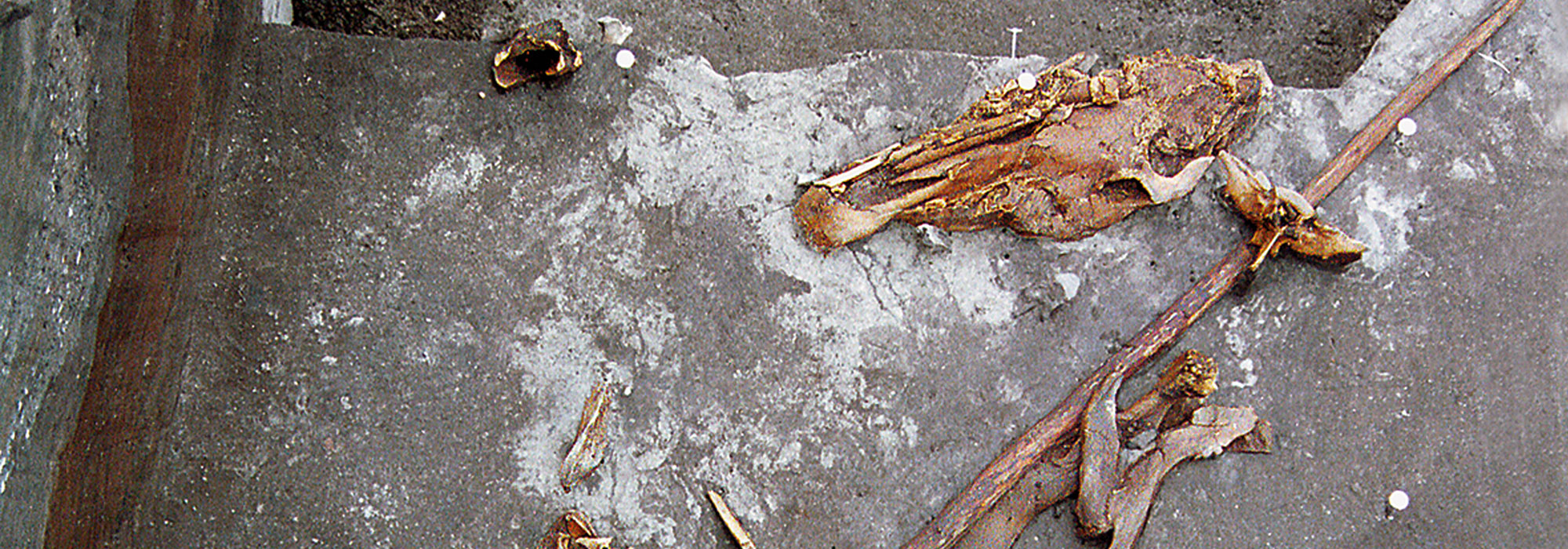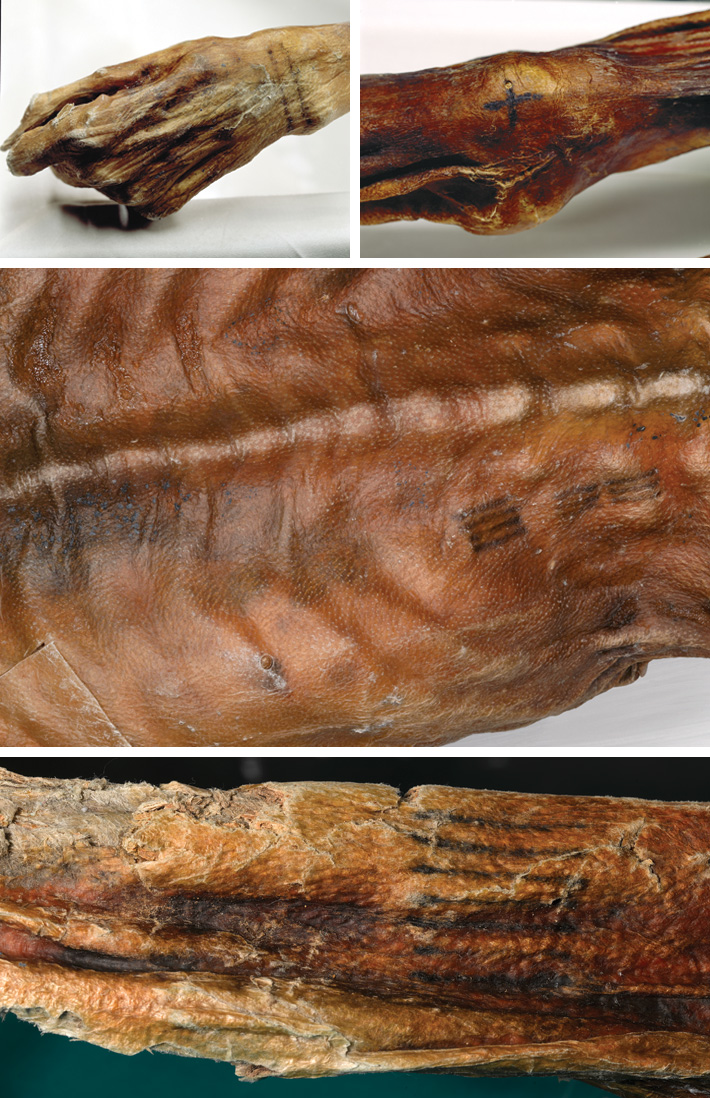
BOLZANO, ITALY—Paleopathologist Albert Zink and microbiologist Frank Maixner of the European Academy in Bozen/Bolzano have identified the presence of Helicobacter pylori in the stomach contents of Ötzi, the frozen human remains discovered in the Alps in 1991. As many as half of people today are infected with Helicobacter pylori, which can cause gastritis or stomach ulcers. Ötzi’s stomach mucosa is no longer present, so scientists did not expect to be able to recover any traces of the bacterium. “We were able to solve the problem once we hit upon the idea of extracting the entire DNA of the stomach contents. After this was successfully done, we were able to tease out the individual Helicobacter sequences and reconstruct a 5,300-year-old Helicobacter pylori genome,” Maixner explained in a press release. And Ötzi’s immune system had reacted to the potentially virulent strain of bacteria. “We showed the presence of marker proteins which we see today in patients infected with Helicobacter,” Maixner added. The genetic makeup of the bacteria has raised more questions, however, and further research is being planned. The study of bacteria living inside the human body may eventually be able to help us understand how humans developed. To read more about Ötzi, go to "Ancient Tattoos."










